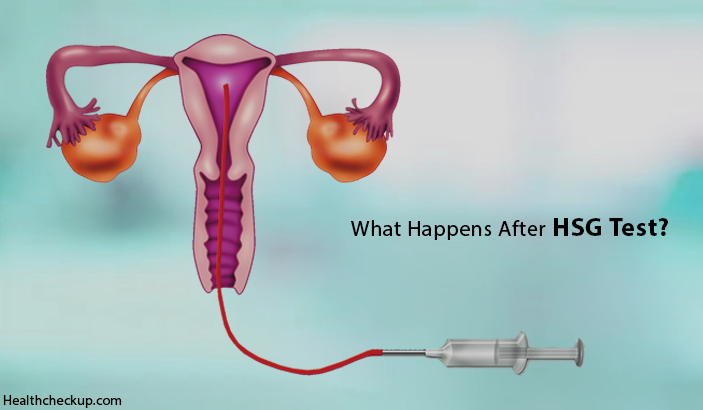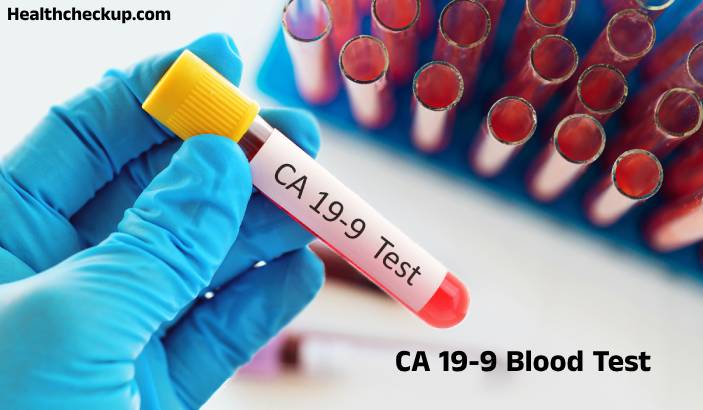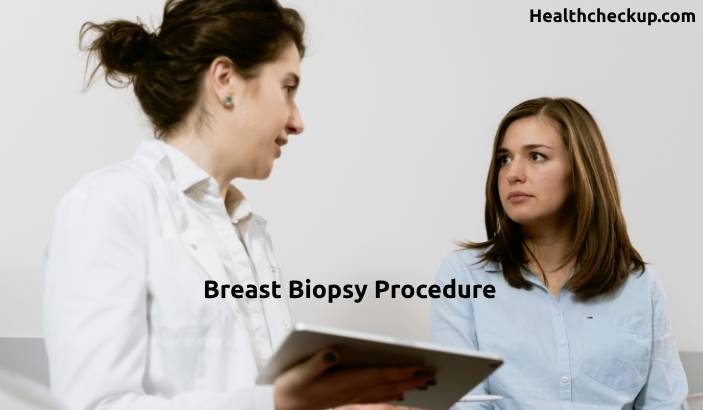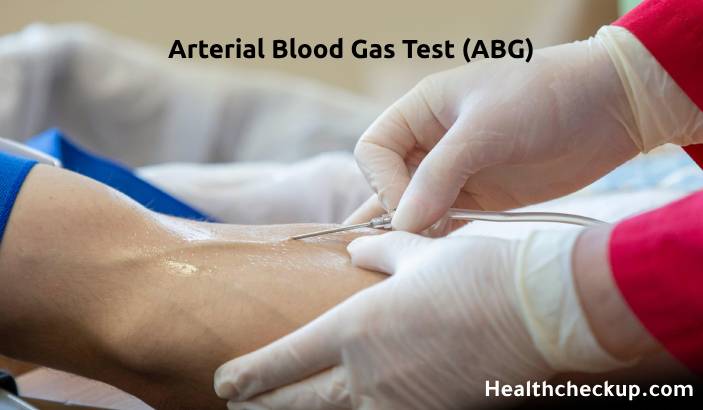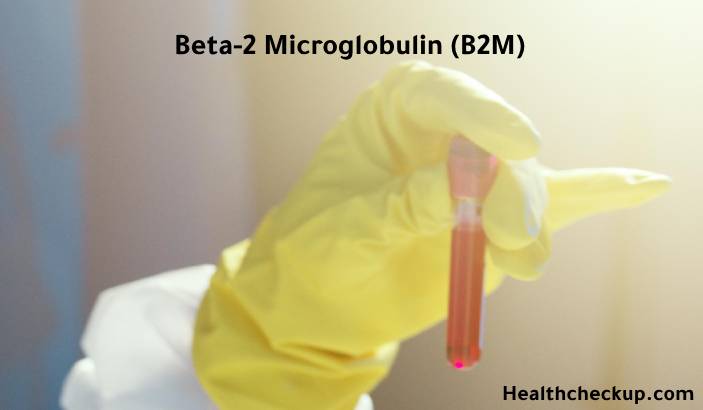As a woman who has been trying to conceive, the importance of a healthy uterus and fallopian tubes is well known. If one of these do not function well, like if your uterus has adhesions or if your tubes are blocked, it is difficult to get pregnant.
A Hysterosalpingogram or an HSG is a non-invasive fluoroscope guided radiological test performed in females to diagnose and treat conditions related to the uterus and fallopian tubes. It is one of the most accurate tests done in women who are not able to get pregnant.
An HSG test is performed similarly to a gynecological examination. Your radiologist will insert a speculum inside your vagina and pass a tube-like catheter into the cervix.
The uterus and fallopian tubes are slowly injected with dye or contrast material using this catheter. X-ray images are taken as the dye enters the uterus and fallopian tubes.
The entire procedure takes up to 30 minutes. Occasionally, if any abnormalities are found, the patient is asked to wait and a delayed image is taken after 30 minutes.
HSG Test May Be Advised For The Following Reasons
- To investigate infertility
- To detect abnormalities of the uterus
- To find out the cause of recurrent miscarriage
- To find out the cause of abnormal or irregular menses
- To detect the presence of tumors, adhesions or fibroids inside the uterus
- To monitor females after tubal surgery
Apart from an examination of the uterus and fallopian tubes, an HSG can also open blocked fallopian tubes by tubal flushing allowing a woman to become pregnant.
HSG Test Is Not Done in The Following Conditions
- Active pelvic infection
- Suspected pregnancy
- Active vaginal bleeding
- Recent dilatation and curettage
- Sensitivity to contrast
Preparing For The Test
- Before planning for the test it is important to discuss with your doctor about any recent medical condition, allergies towards any medications or recent infection. This is because the test cannot be done in presence of an active infection.
- You may be asked to take laxatives the night prior to the procedure for clearing the bowels. This is done to help visualize the uterus and fallopian tubes better.
- You may eat a regular breakfast or lunch before the procedure because it does not require any sedation.
- An HSG test is done after menses and before ovulation to avoid interference with early pregnancy.
- You will be asked to remove all ornaments and metal objects before the procedure.
- Your doctor may prescribe you a pain-killer to be taken one hour before the procedure with food.
- Do not take aspirin (if you are on one) before the procedure.
What Happens After an HSG test?
HSG test is an out-patient procedure. Women can resume regular activities immediately after the HSG test.
Women may experience one or more of the following signs and symptoms after an HSG test.
- Slight discomfort because of the catheter or contrast material. This discomfort doesn’t last too long.
- Lower abdominal pain and cramping for few hours after the procedure.
- Spotting may be present after the procedure for less than 24 hours.
- Women also experience light-headedness or nausea after the procedure.
- Women who are allergic to the dye or contrast medium may experience rash, itching or swelling after the HSG test.
Your doctor may prescribe you pain-killer after the procedure to minimize discomfort. Antibiotics may be prescribed before and after the procedure as a preventive measure to avoid the occurrence of any kind of infection after the procedure.
High grade fever, heavy vaginal bleeding, pus or foul smelling discharge from the vagina and severe pain are warning signs and should be reported to your doctor immediately.
Some Serious Complications Associated with this Procedure are
- Bleeding
- Pelvic infection
- Uterine rupture
- Allergic reaction to the contrast medium
Careful planning of the test and use of sterile equipment can avoid these complications. After the test is done, your radiologist will study your x-ray films and hand over reports to you. In case of an abnormal report, you may be required to consult your gynecologist to plan further treatment plan.
What Not To Do After An HSG Test?
- Avoid intercourse for a few days after the test or until the vaginal discharge stops.
- Do not use tampons if you have spotting or discharge from the vagina. Use a sanitary napkin instead.
- Do not drive immediately after the test especially if you have received sedation.
- Avoid douching the vagina immediately after the HSG test.
- Do not skip your medications and antibiotics after the HSG test.
- Do not take aspirin (if you are on one) for up to 24 hours after the procedure as it may prolong bleeding.
Studies done in the recent past suggest uterine fibroids and tubal occlusion were the commonest pathologies detected by an HSG test. Several research papers have reported an increase in pregnancy rates by 25% in the first three months following a hysterosalpingography possibly due to flushing of the tubes which open minor blocks or remove debris which may be preventing pregnancy.
HSG test done using an oil-based contrast is reported to have higher post-procedure pregnancy rates as compared to an HSG test done using a water-based contrast. Most of the pregnancies occurring after an HSG test are spontaneous without the need for tubal or uterine surgery.
This means that the HSG test has both diagnostic as well as a therapeutic significance.
Besides having some serious complications and side effects, another major concern about the test is its affordability. The HSG test is an expensive one, yet it can only visualize and diagnose lesions only within the uterus and fallopian tubes. The patient may be required to undergo a CT or MRI scans to diagnose abnormalities of other pelvic structures like ovaries and walls of the uterus.
Medically Reviewed By
Dr. Himanshi is a Homoeopathic consultant and currently working as a lecturer in Post-graduate faculty of Homeopathy, Parul University, Vadodara. Completed BHMS and MD in Homeopathy in January 2018 and also has a clinical experience of about 6 years. Personal interests include reading, spending time with family and traveling.


